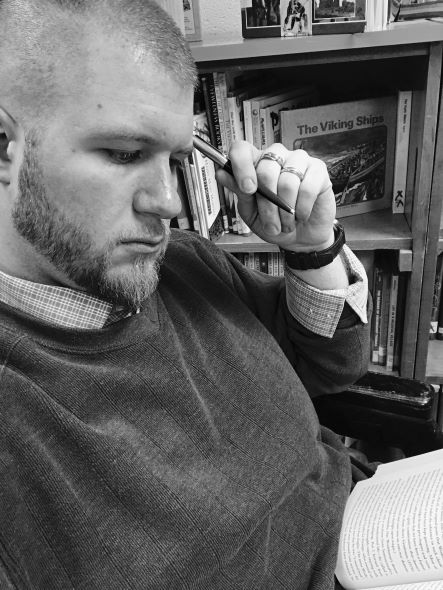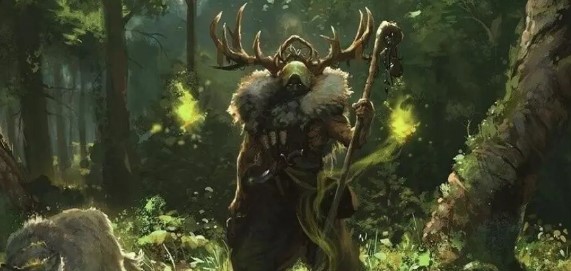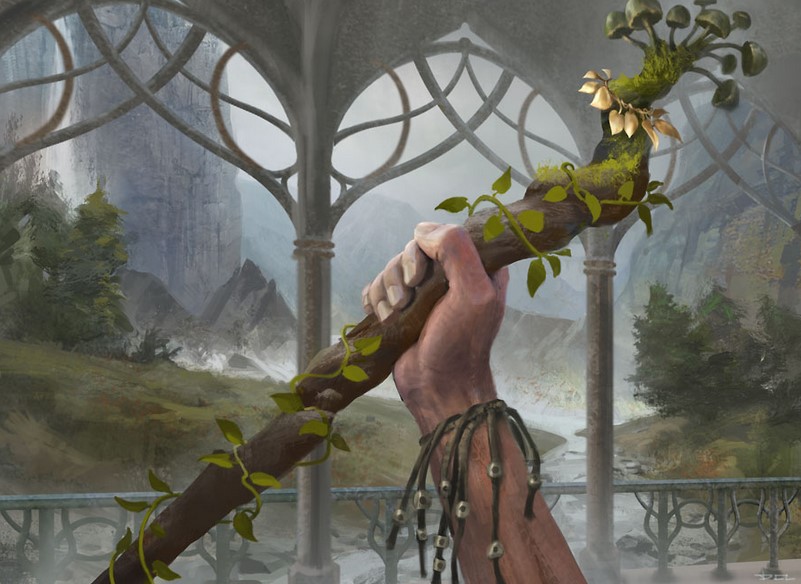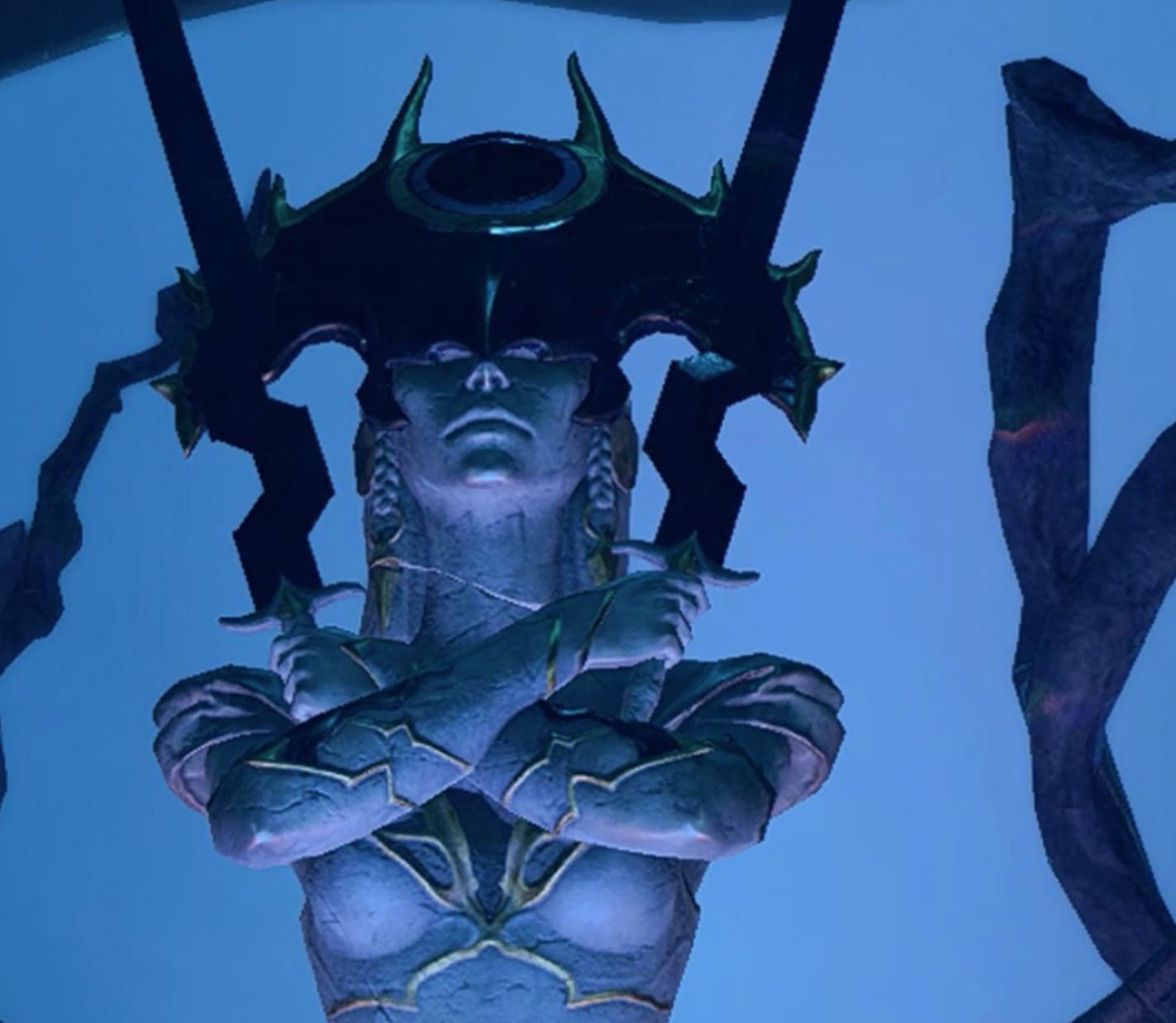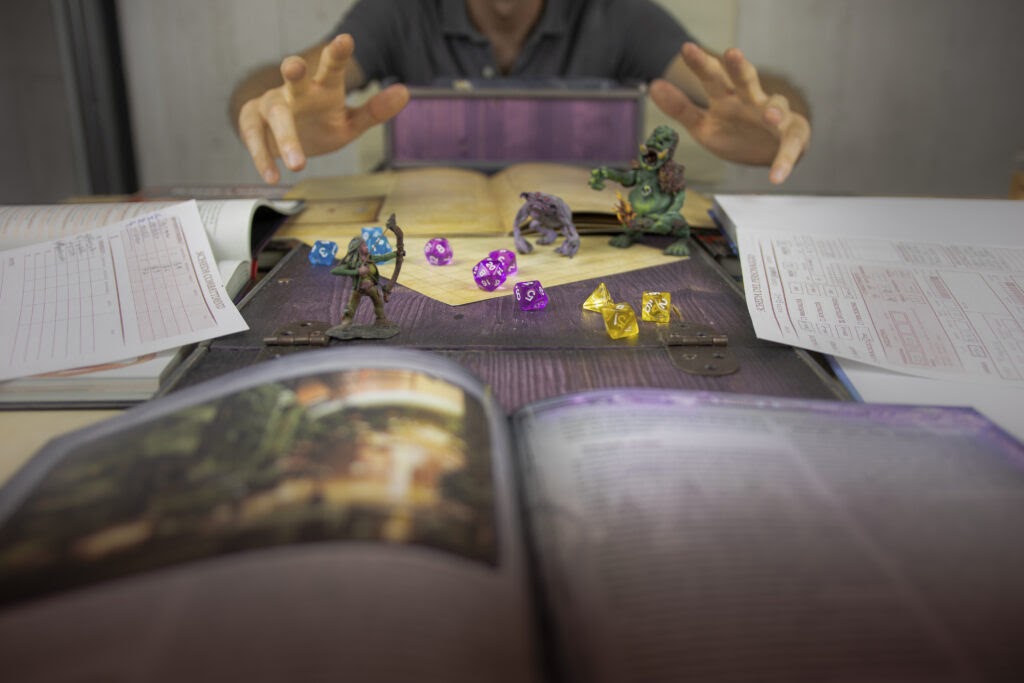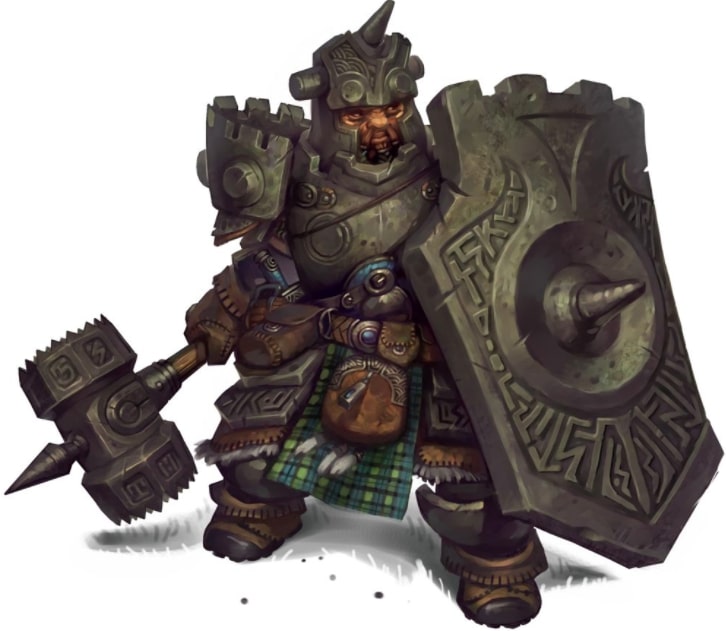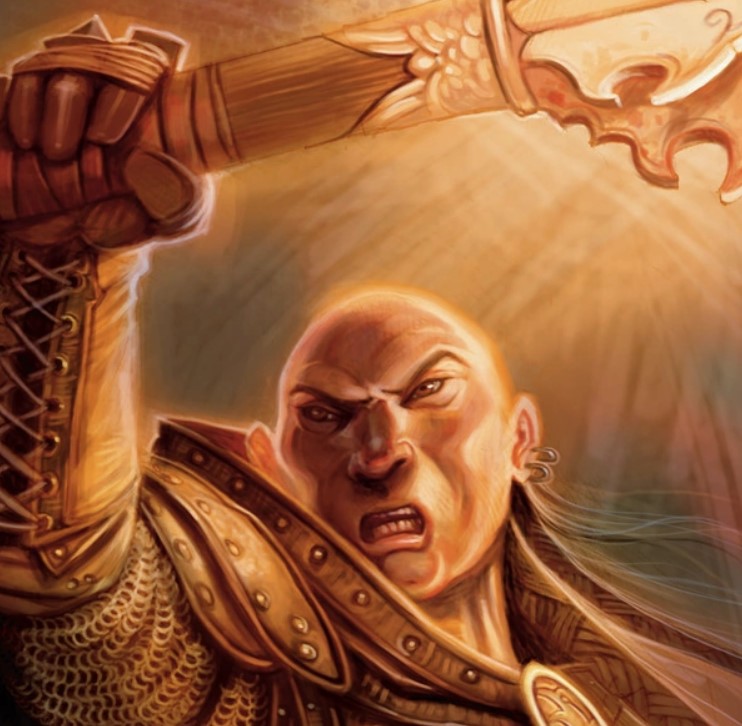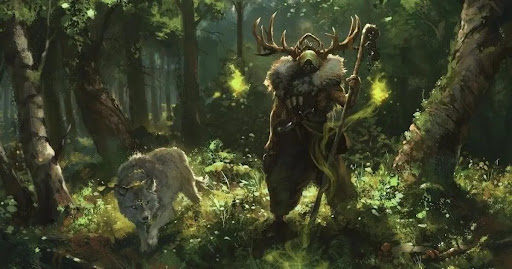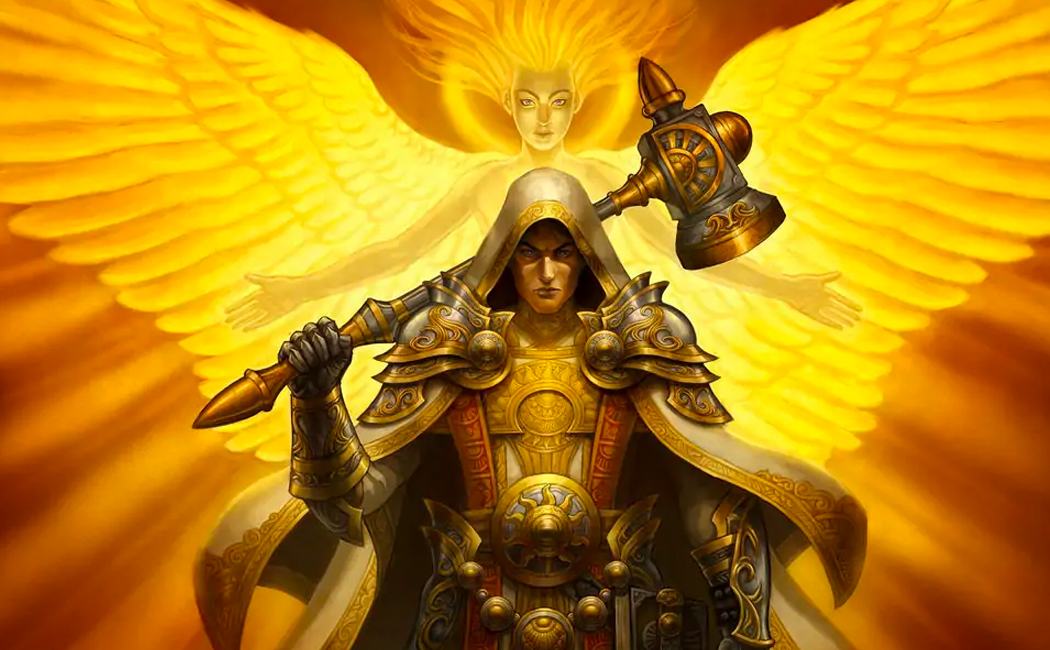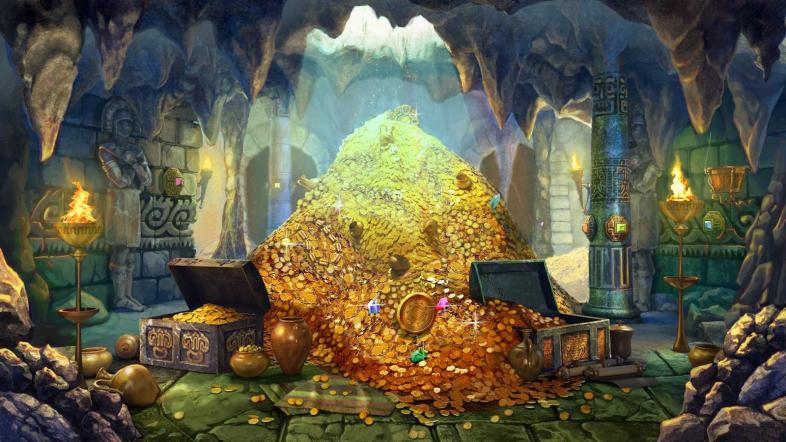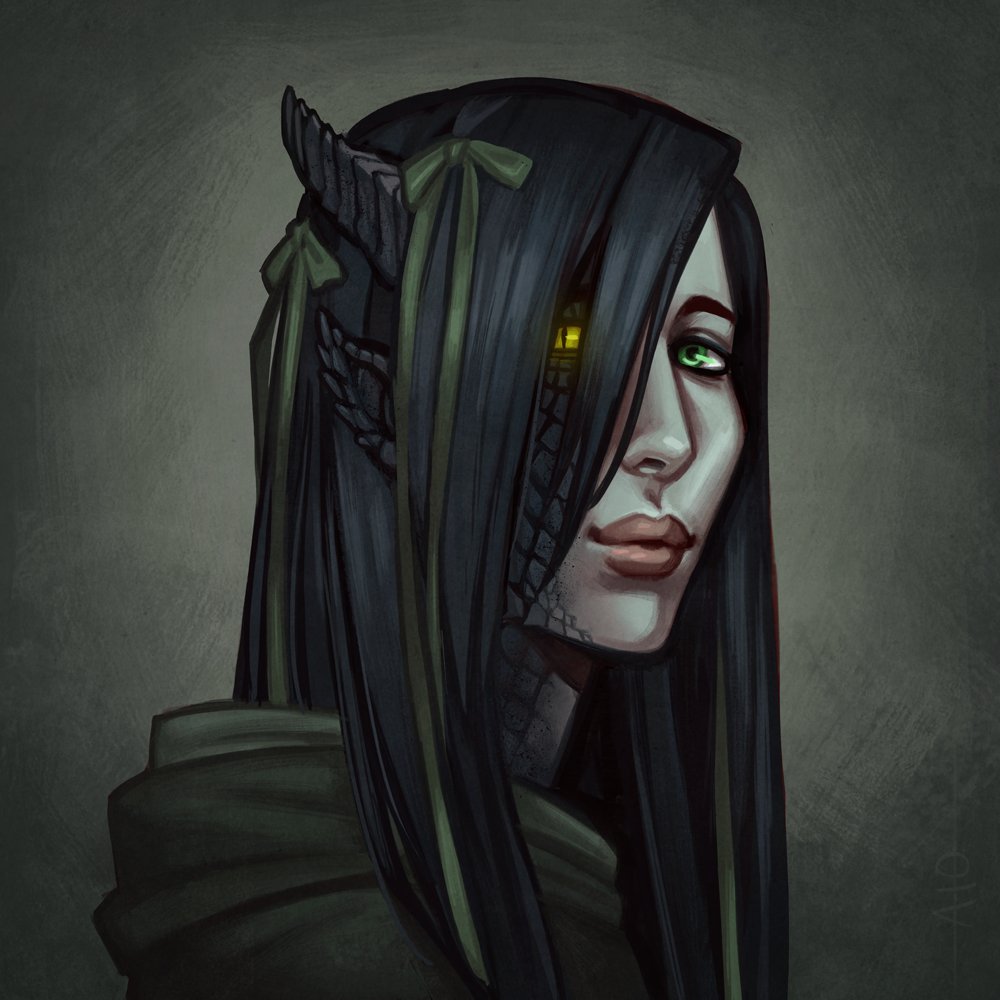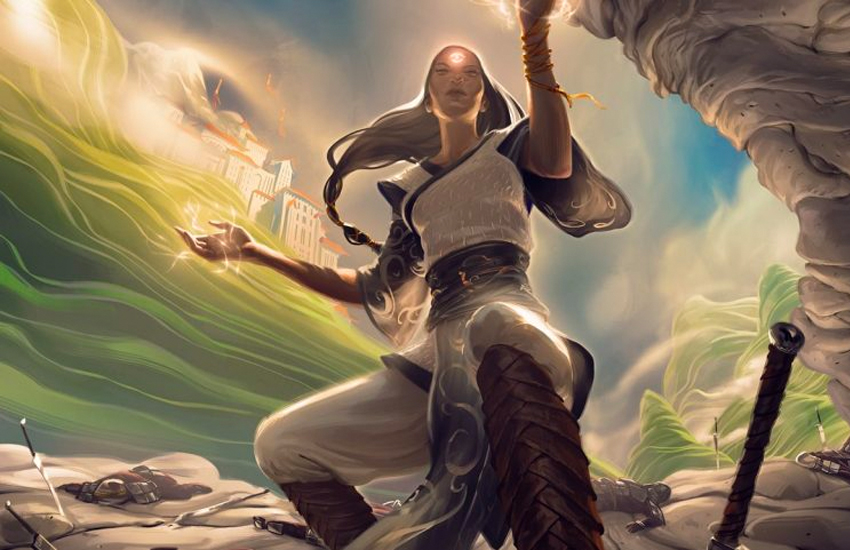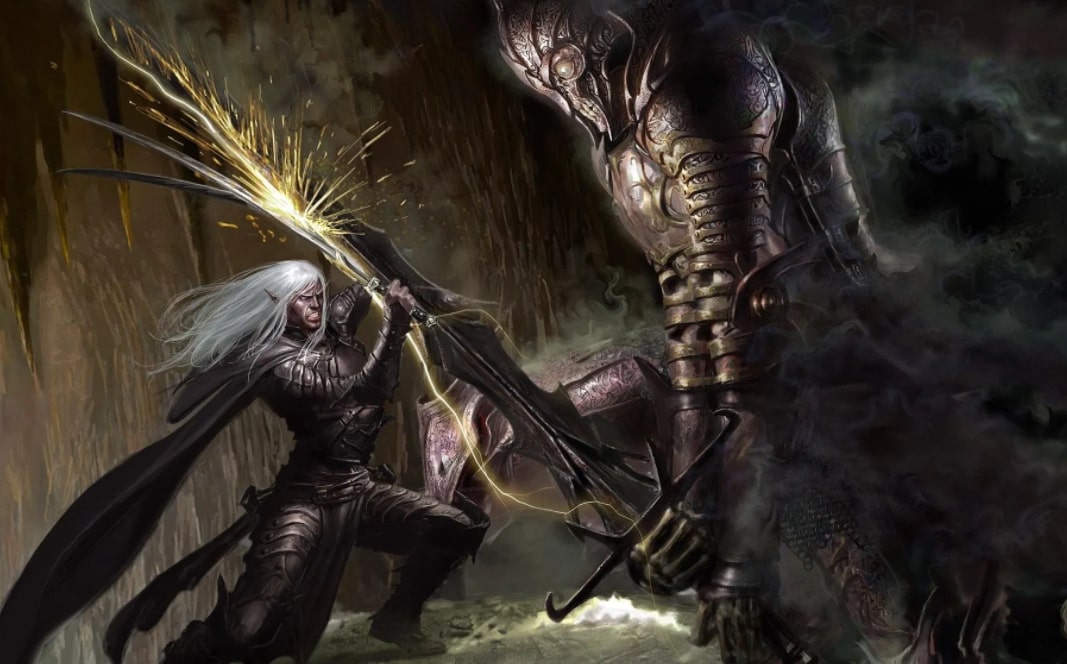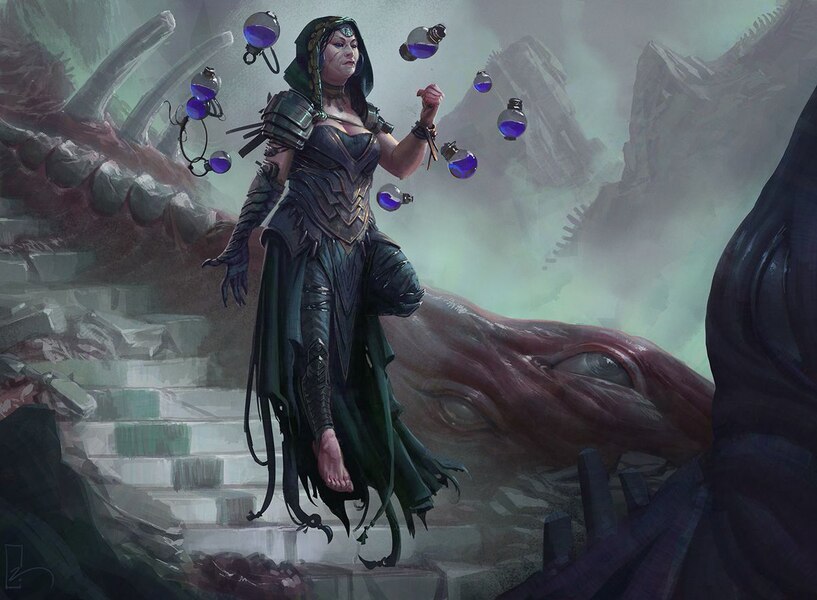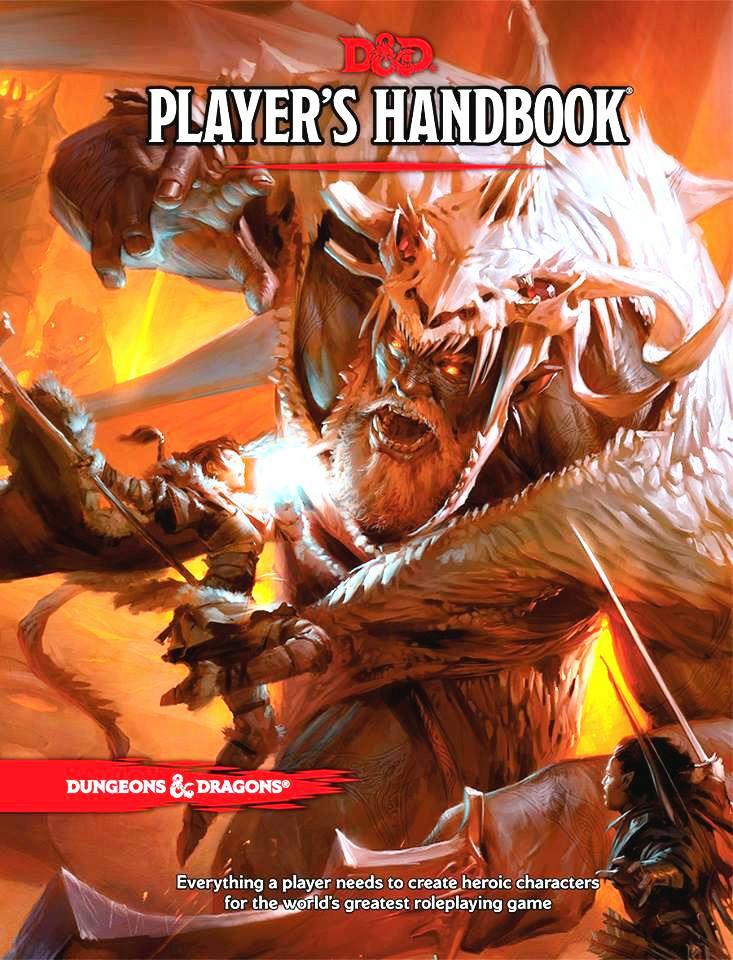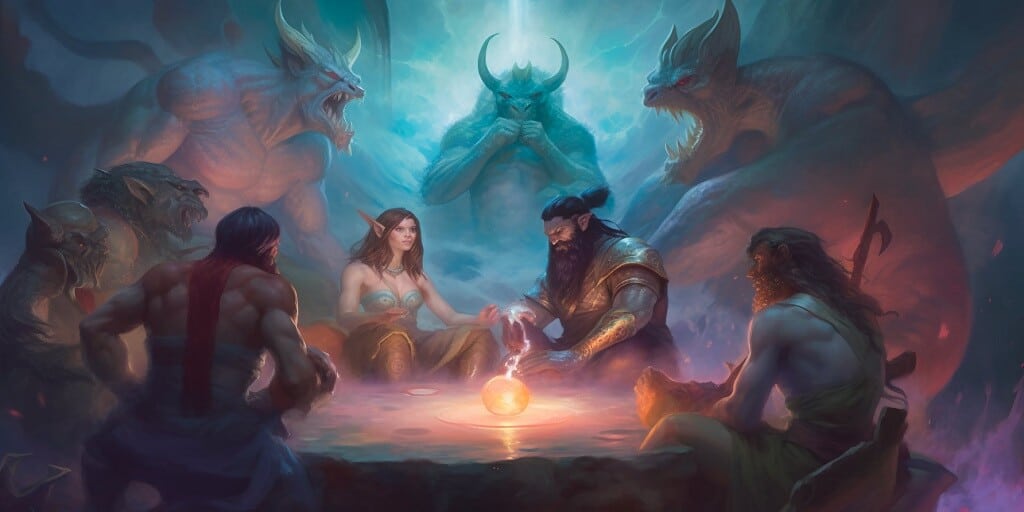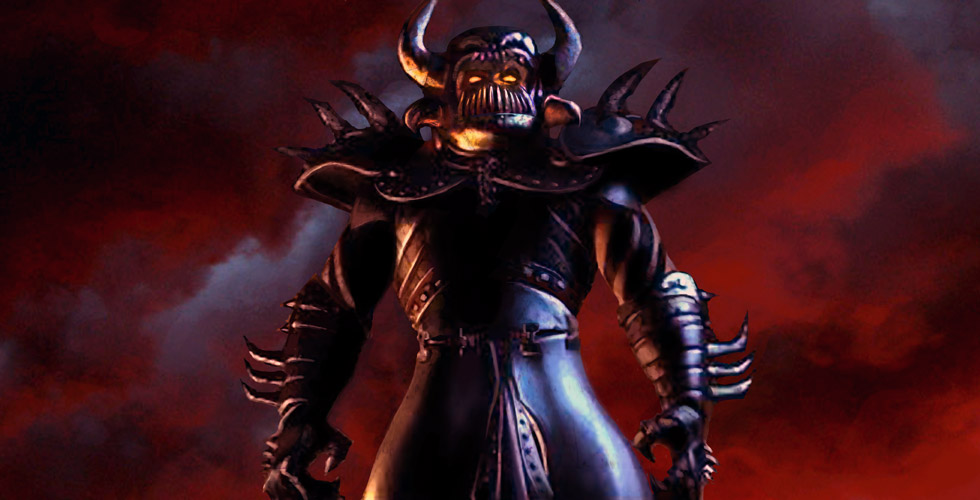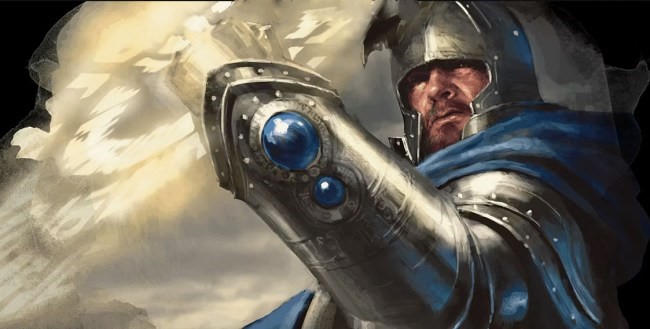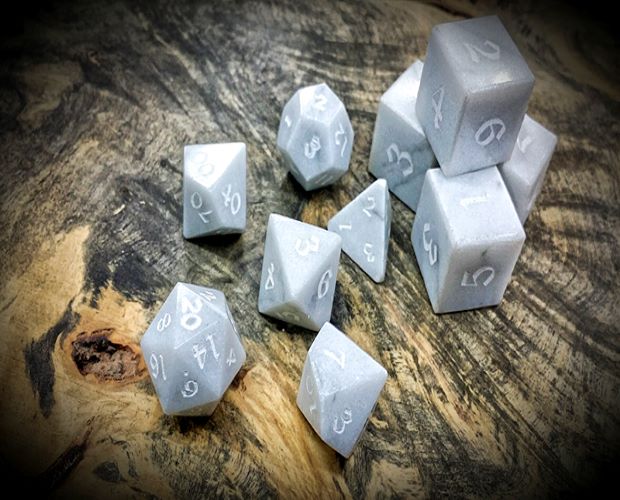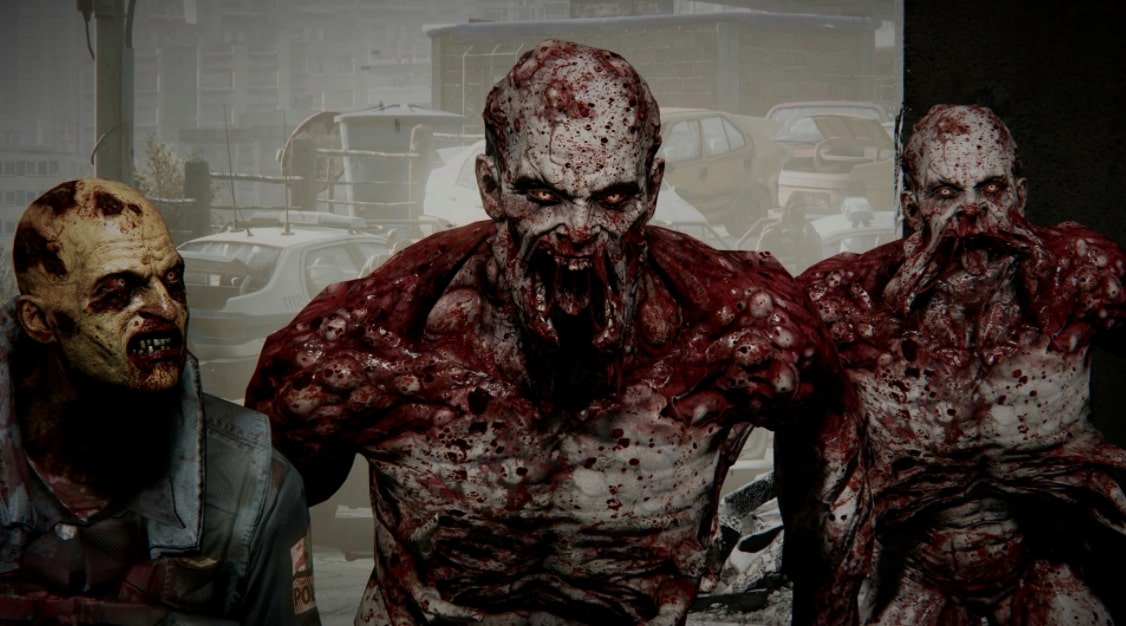
Whether you are a player creating your first character or a seasoned Dungeon Master designing your millionth NPC, the question of alignment is one that must be answered. Dungeons & Dragons, along with various other Role-Playing Games divide characters, creatures, and NPCs into categories based on their alignment, or role in the world. These categories have been defined by two axes, Lawful-Neutral-Chaotic and Good-Neutral-Evil. This guide will help to explain the alignments and better understand the characters defined by them.
1. Lawful Good

The "Knight in Shining Armor" trope is fitting.
The alignment "Lawful Good" represents a character who is strongly committed to upholding the law and doing what is right. These characters are guided by a strict moral code and believe in using their abilities and power to help others and protect the innocent.
Lawful Good players are willing to follow rules and laws even when it is inconvenient or unpopular, as they believe that order and stability are necessary for the greater good. They may be seen as uptight or inflexible by some, but they are driven by a strong sense of justice and fairness.
Lawful Good Behavior:
- Defending weaker or defenseless characters.
- Allowing an enemy to surrender.
- Reporting illegal activity to the authorities
- Using themselves to shield others
- Refusing assistance for the good of the group.
- Sacrificing their own life for another.
Lawful Good Characters:
- Captain America (MCU)
- Superman (DC)
- Obi-Wan Kenobi (Star Wars)
- Tyrael, Angel of Justice (Diablo)
- Inara Serra (Firefly)
2. Neutral Good

Nature is perhaps the most neutral of all forces.
The alignment "Neutral Good" represents a character who is guided by their own sense of morality and desire to do good, but who may not necessarily be bound by laws or strict codes of conduct.
Neutral Good characters are willing to make sacrifices and take risks to help others and make the world a better place, but they may also be more flexible and open to compromise than Lawful Good characters. They believe in balance and do not see the world in absolutes, recognizing that there are often multiple sides to a situation and that one solution may not be the best for everyone. Neutral Good characters may be seen as unpredictable or unreliable by some, but they are ultimately guided by their conscience and a desire to do what is right.
Neutral Good Behavior:
- Allowing an enemy to get a weapon before attacking.
- Risking their life to help an innocent.
- Never taking more than their share.
- Willing to break the law to do what is morally right.
- Willing to disobey an unjust order.
- Willing to take prisoners
Neutral Good Characters
- Luke Skywalker (Star Wars)
- Gandalf (The Lord of the Rings)
- Shepherd Book (Firefly)
- Samus Aran (Metroid)
- Rand al’Thor (Wheel of Time)
3. Chaotic Good

Sometimes it pays to be good!
The chaotic good alignment represents a character who is unpredictable and independent, with a strong desire to do what is right. These characters are often motivated by a desire for personal freedom and a belief in the inherent goodness of individuals. They may act impulsively and do not necessarily follow rules or authority, but their actions are ultimately guided by their sense of morality.
Chaotic Good characters often value individual liberty and the greater good, and they may be willing to take risks or make sacrifices in order to achieve their goals. They may also be seen as rebels or outsiders by those who adhere to more traditional forms of authority or organization.
Chaotic Good Behavior:
- Playing harmless pranks on party members.
- Begrudgingly doing something because it is morally right.
- Willing to help, but expecting to be paid.
- Gloating about a victory.
- Paying for the funeral of an enemy.
Chaotic Good Characters:
- Robin Hood (Folklore/Disney)
- Drizzt Do’Urden (Forgotten Realms)
- R2-D2 (Star Wars)
- Indiana Jones (Raiders of the Lost Ark)
- Ezio Auditore (Assassin’s Creed)
4. Lawful Neutral

We do what we must.
The Lawful Neutral alignment represents a character who is bound by a code of conduct and follows the rules but does not necessarily have any particular moral or ethical inclination. They may act in their own self-interest, but they do so within the limits of the laws and rules that they have chosen to follow. They may not necessarily agree with all of the laws that they follow, but they recognize their importance in maintaining a functional society.
Lawful Neutral characters are often described as "by-the-book," as they are strict adherents to rules and regulations. They believe in order and structure and may work to maintain or establish laws and systems to promote these values. They may not necessarily be kind or fair, but they are consistent and reliable in their actions and decisions.
Lawful Neutral Behavior:
Fulfill all contracts and promises.
Respects the law and authority, regardless of personal feelings.
Willing to help, but expecting to be paid.
Taking thoughtful actions.
Stopping an unjust killing, even of an enemy.
Lawful Neutral Characters:
- The Punisher (MCU)
- Judge Dredd (Dredd Comics)
- James Bond (Bond Movies)
- The Predator (Predator Movies)
- The Turian Race (Mass Effect)
5. True Neutral

The only real goal is to keep moving forward.
The True Neutral alignment represents a character who is neutral on all alignments, and does not feel strongly about good, evil, law, or chaos. They may act in their own self-interest, but they do not have a particular moral or ethical code that they follow. They may act to preserve balance or neutrality, but they are not necessarily committed to doing so.
True Neutral characters do not have a strong inclination towards any particular alignment and may change their actions based on the situation. They may value neutrality and balance above all else and may seek to avoid taking sides in conflicts or disputes. They may also be indecisive or apathetic, as they do not feel strongly about any particular cause or ideology.
True Neutral Behavior:
- Fulfill all contracts and promises.
- Respects the law and authority, regardless of personal feelings.
- Willing to help, but expecting to be paid.
- Taking thoughtful actions.
- Stopping an unjust killing, even of an enemy.
True Neutral Characters:
- Malcolm Reynolds (Firefly)
- Geralt of Rivia (The Witcher)
- Sheogorath (The Elder Scrolls)
- Duncan (Dragon Age)
- The Dude (The Big Lebowski)
6. Chaotic Neutral

What good is playing both sides if you can't have a little fun!
Chaotic Neutral is an alignment that represents a character who is neutral with respect to law and chaotic in their decisions. This alignment is often considered the most unpredictable and difficult to align with, as a chaotic neutral character may act in a manner that is completely random and unpredictable, or they may follow their own whims and desires.
They may be motivated by their own personal desires and goals and may have no particular loyalty to any particular group or cause. Chaotic neutral characters may be selfish, chaotic, and reckless, but they may also be kind, generous, and selfless. They are not bound by any particular moral code and may act in ways that are unpredictable and often contradictory.
Chaotic Neutral Behavior:
- Turning down a challenge.
- Walking away from a fair fight.
- Taunting an enemy into fighting.
- Consider themself above the law.
- Betray a friend if the circumstances are dire enough.
Chaotic Neutral Characters:
- Han Solo (Star Wars)
- Riddick (Pitch Black)
- Snake Plissken (Escape from New York)
- Achilles (Iliad)
- Joel (The Last of Us)
7. Lawful Evil

The law is for all to obey...or else.
Lawful evil is an alignment that represents a character who is evil and disciplined and follows a strict code of conduct. These characters are often scheming and manipulative and may use their strict adherence to laws and rules to further their own agendas. They may use their position of power to exploit or oppress others and may be willing to betray their allies or break laws if it serves their own interests.
Lawful evil characters are often cold and calculating and may be perceived as untrustworthy by others. They may also be ruthless and willing to do whatever it takes to achieve their goals, even if it means causing harm to others. Lawful Evil characters will, however, stand by their own word or agreements.
Lawful Evil Behavior:
- Killing a helpless/defenseless enemy.
- Desecrating an enemy corpse.
- Will betray those seen as unfit to lead, or those who break the law.
- Will protect those who are loyal to them.
- Is willing to kill others to advance their position.
Lawful Evil Characters:
- Darth Vader (Star Wars)
- Artemis Entreri (Legend of Drizzt)
- Ra’s al Ghul (DC)
- Thanos (MCU)
- Mannimarco (Elder Scrolls)
8. Neutral Evil

Evil for the sake of evil...why else?
Neutral Evil is an alignment that represents a character who is evil and neutral with respect to law and chaos. These characters are motivated by their own personal desires and goals and may not be bound by any particular code of conduct. They may be selfish and manipulative and may be willing to betray their allies or break laws if it serves their own interests. Neutral evil characters may be unpredictable and difficult to align with, as they may act in a manner that is completely random and unpredictable.
They may be motivated by their own personal desires and goals and may have no particular loyalty to any particular group or cause. Neutral evil characters may be selfish, chaotic, and reckless, but they may also be kind, generous, and selfless. They are not bound by any particular moral code and may act in ways that are unpredictable and often contradictory.
Neutral Evil Behavior:
- Attacking/fighting an inferior or helpless opponent.
- Claiming responsibility for the deeds of another.
- Taking a bribe.
- Betraying allies for the right price or motivation.
- Willing to help, but will expect to be paid.
Neutral Evil Characters:
- Sephiroth (Final Fantasy)
- Vecna (Forgotten Realms)
- Scar (The Lion King)
- Boba Fett (Star Wars)
- Bane (DC)
9. Chaotic Evil

Darkness...despair...fire...death...pretty much sums it up!
The chaotic evil alignment is one that represents a character who is evil unhinged and follows no particular code of conduct. These characters are motivated by their own personal desires and goals and may be willing to betray their allies or break laws if it serves their own interests. They may be unpredictable and difficult to align with, as they may act in a manner that is completely random and unpredictable.
Chaotic evil characters may be selfish, chaotic, and reckless, and may have no particular loyalty to any particular group or cause. They may be violent and destructive and may seek to cause chaos and anarchy wherever they go. Chaotic evil characters are often portrayed as being the most malevolent and evil of all alignments.
Chaotic Evil Behavior:
- Willingly commit crimes.
- Killing someone who has provided food and shelter.
- Will betray friends and family for profit.
- Seeks to undermine authority.
- Will instigate conflicts between people, groups, and/or nations.
Chaotic Evil Characters:
- Tiamat (Dungeons & Dragons)
- Voldemort (Harry Potter Novels)
- Apep [Apophis] (Egyptian Mythology)
- Carnage (Spiderman)
- The Joker (DC)
